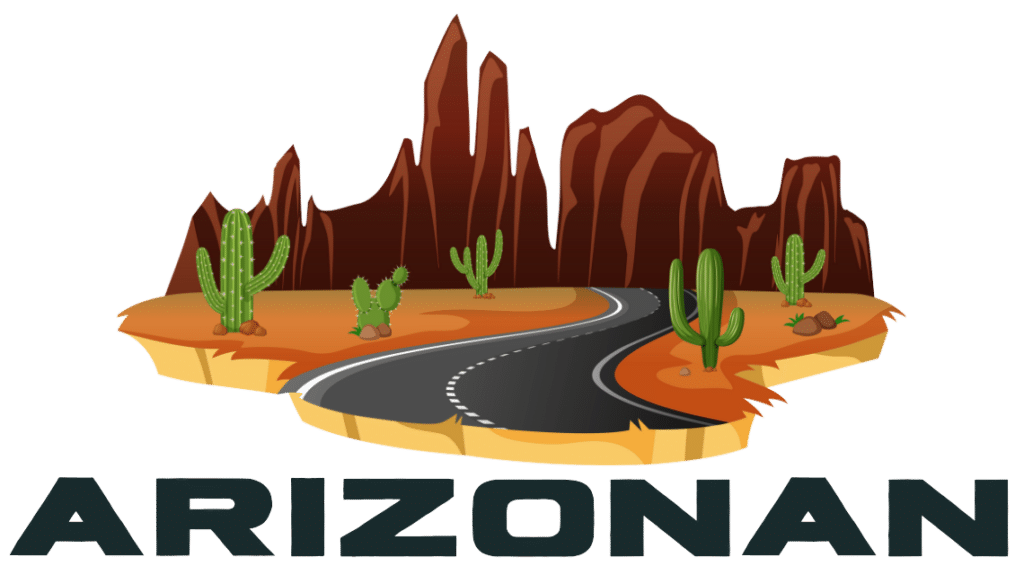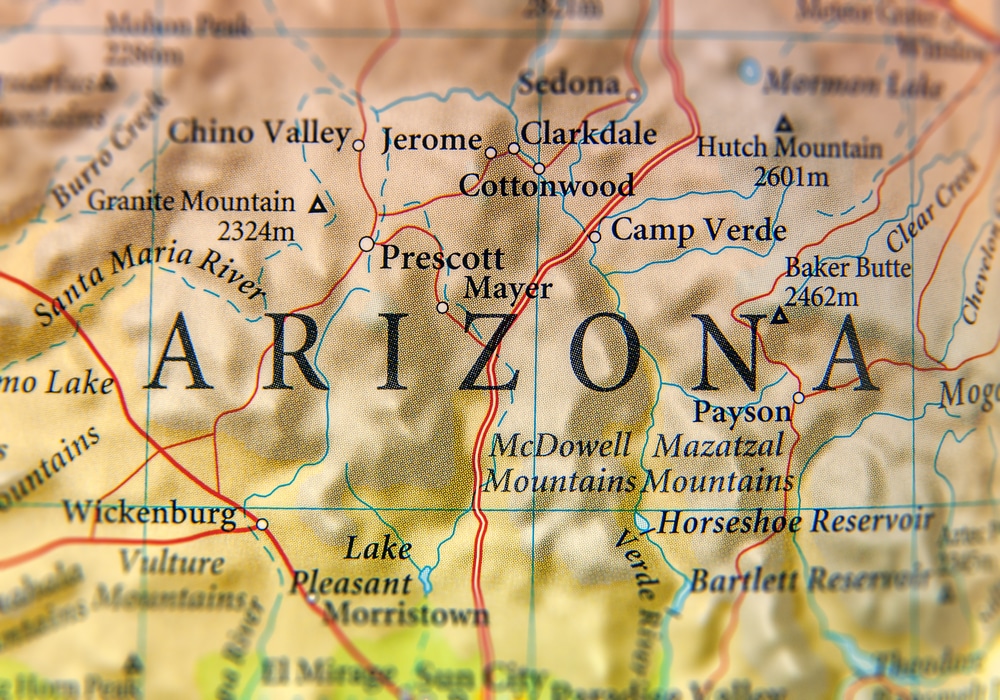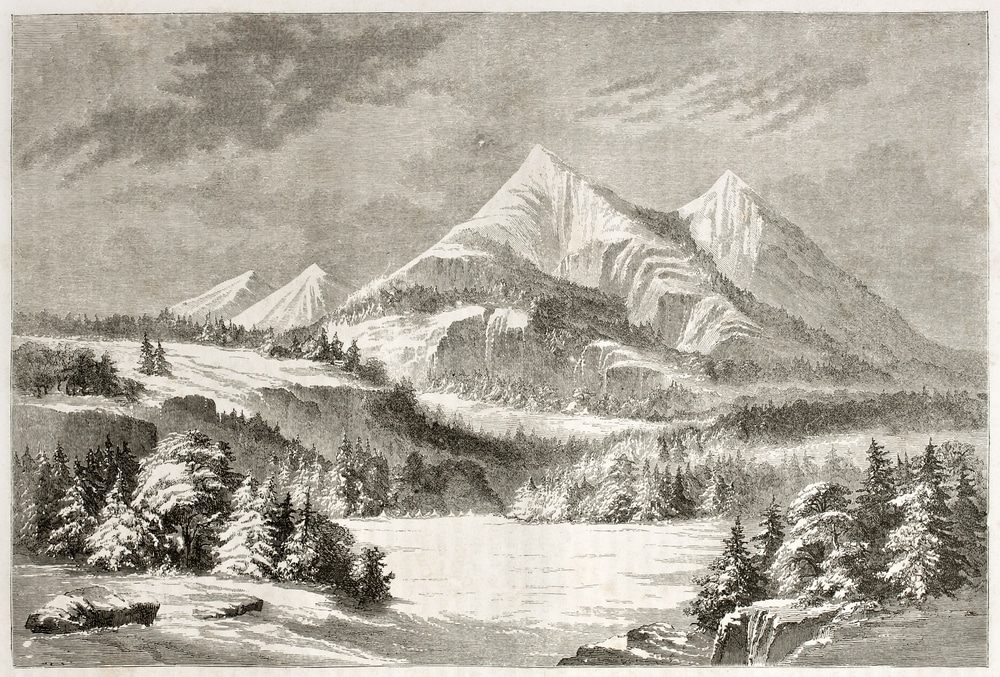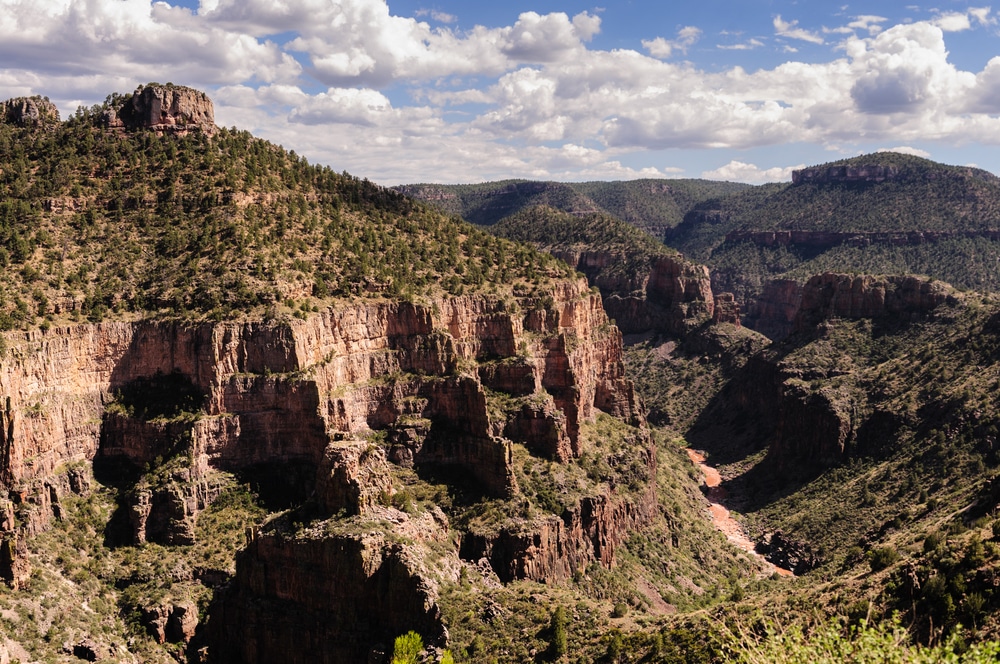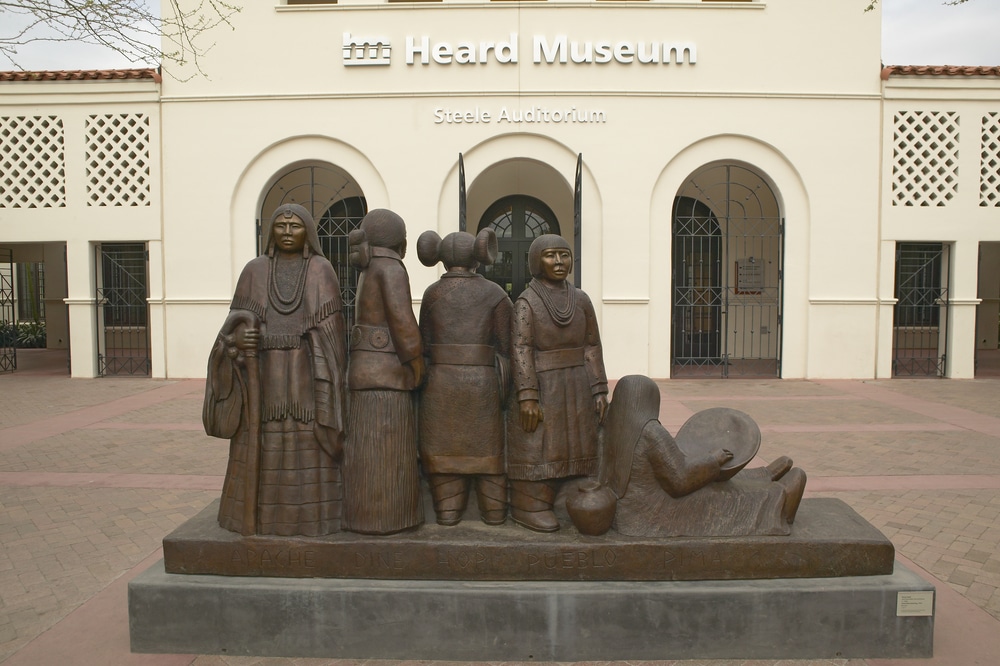Standing at the border crossing in Nogales today, watching thousands of people move between Arizona and Sonora, it’s hard to imagine that just 175 years ago, this entire region was one unified territory under Mexican rule. The story of how Arizona became American soil involves two pivotal treaties, a controversial purchase, and decades of political maneuvering that still influence our state’s identity, economy, and culture today.
The transformation from Mexican territory to American soil wasn’t accomplished through a single dramatic moment, but rather through a series of negotiations, conflicts, and compromises that stretched across three decades. These events—the Treaty of Guadalupe Hidalgo in 1848, the Gadsden Purchase of 1854, and the establishment of Arizona Territory in 1863—created the boundaries we know today and set in motion the unique blend of cultures that defines modern Arizona.
The Treaty That Started It All
On February 2, 1848, in the Villa de Guadalupe Hidalgo near Mexico City, diplomats signed a treaty that would reshape the North American continent. The Mexican-American War had ended with American forces occupying Mexico’s capital, and the negotiations that followed would determine the fate of nearly half of Mexico’s territory, including most of present-day Arizona.
The Great Transfer
The Treaty of Guadalupe Hidalgo transferred 525,000 square miles of territory to the United States, including all of Arizona north of the Gila River. Mexican citizens living in these territories faced a profound choice: relocate south to remain Mexican citizens or stay and become American citizens within one year. In what would become Arizona, most of the Mexican population—ranchers, miners, and townspeople who had built communities in Tucson, Tubac, and along the Santa Cruz River—chose to stay.
Cultural Transformation
“We found ourselves strangers in our native land,” wrote Don Jesús María Elías, a prominent Tucson rancher, in 1849. His words captured the disorientation felt by thousands of Mexican Arizonans who suddenly found themselves under a new flag, new laws, and new language requirements. The treaty guaranteed property rights and religious freedom for these new citizens, but enforcement would prove inconsistent, leading to decades of legal battles over land grants and water rights.
Indigenous Impact
The treaty also promised to prevent Indigenous raids from American territory into Mexico, a commitment that would prove nearly impossible to fulfill. The Apache and other Indigenous nations didn’t recognize these new borders drawn through their traditional territories, and cross-border raids would continue for decades, shaping military policy and settlement patterns throughout the region.
The Purchase That Completed Arizona
The Treaty of Guadalupe Hidalgo left unresolved a critical issue: the best route for a transcontinental railroad to connect California’s goldfields with eastern markets. The rugged terrain north of the Gila River made railroad construction prohibitively expensive, but the flatter lands to the south—still in Mexican hands—offered an ideal corridor. This geographic reality set the stage for one of America’s most controversial land acquisitions.
James Gadsden’s Mission
James Gadsden, a South Carolina railroad promoter appointed as minister to Mexico, arrived in Mexico City in 1853 with instructions to negotiate the purchase of enough territory for a southern railroad route. The timing was fortuitous: Mexican President Antonio López de Santa Anna, recently returned to power, desperately needed funds to maintain his government and rebuild the military after the devastating losses of the Mexican-American War.
The Controversial Purchase
After months of negotiation, Gadsden and Mexican officials agreed to a purchase price of $10 million for 29,670 square miles of territory south of the Gila River. This land included the fertile Santa Cruz and San Pedro river valleys, the strategic town of Tucson, and the mineral-rich mountains that would later yield billions in copper wealth. The U.S. Senate ratified the treaty on April 25, 1854, but not without fierce debate. Northern senators opposed expanding potential slave territory, while others questioned spending millions on what Senator Thomas Hart Benton called “a worthless strip of desert.”
Indigenous and Mexican Populations
The Gadsden Purchase brought into the United States the O’odham (then called Papago) and Pascua Yaqui peoples, whose territories now straddled an international border. Unlike the provisions in the Treaty of Guadalupe Hidalgo, the Gadsden Purchase made no specific guarantees for Indigenous rights, an omission that would have lasting consequences. The purchase also incorporated Tucson, Arizona’s oldest continuously inhabited European settlement, which would serve as territorial capital and anchor the region’s Hispanic heritage.
Birth of a Territory in Wartime
For nearly a decade after the Gadsden Purchase, Arizona remained part of New Mexico Territory, governed from distant Santa Fe. The journey from Tucson to the territorial capital took weeks across dangerous Apache territory, leaving southern Arizona’s residents feeling abandoned and unprotected. This neglect, combined with cultural differences and economic interests tied to California rather than New Mexico, fueled a growing movement for separate territorial status.
Civil War Complications
The outbreak of the Civil War in 1861 accelerated Arizona’s path to territorial independence in unexpected ways. Confederate forces from Texas invaded New Mexico Territory in 1861, and many southern Arizona residents, including prominent Tucson merchants and miners, welcomed them. The Confederate Territory of Arizona, proclaimed in 1861, included all of present-day Arizona and New Mexico south of the 34th parallel, with its capital in Mesilla (now in New Mexico).
Union Response
This Confederate sympathy alarmed Union officials in Washington. The prospect of Confederate control over potential railroad routes to California and access to the gold and silver deposits being discovered across the region prompted swift action. President Abraham Lincoln, recognizing both the strategic importance and the political necessity of securing Arizona for the Union, signed the Arizona Organic Act on February 24, 1863.
Territorial Boundaries
The act created Arizona Territory with boundaries nearly identical to the current state, running north-south rather than the east-west division preferred by Confederate sympathizers. This decision reflected political calculations in Washington: a north-south boundary would dilute the influence of pro-Confederate settlers in the south by including Union-leaning miners in the north. The new territory’s capital was established at Fort Whipple near present-day Prescott, safely distant from both Confederate sympathizers in Tucson and Apache strongholds.
First Territorial Government
Governor John N. Goodwin arrived at the new capital on January 22, 1864, accompanied by territorial officials and a military escort. His first proclamation established a government that would function continuously through Arizona’s territorial period until statehood in 1912. The territorial government faced immediate challenges: Apache raids terrorized settlers, mining camps demanded law and order, and the Hispanic population sought protection for their land grants and cultural traditions.
The Lasting Legacy
The treaties and political decisions of 1848-1863 created more than just lines on a map; they established patterns that continue to shape Arizona today. The international border created by these agreements now sees over $30 billion in annual trade between Arizona and Mexico, making our state’s economy inseparable from our southern neighbor. Cities like Nogales exist as twin communities, with families and businesses spanning both sides of a border that once existed only in diplomats’ imaginations.
Cultural Blend
The cultural blend that resulted from incorporating Mexican citizens and Indigenous peoples into American Arizona created our state’s distinctive character. From the architectural styles of our historic downtowns to the flavors in our kitchens, from our water law based on Spanish colonial precedents to our place names that echo in O’odham, Spanish, and English, Arizona’s identity reflects the convergence of peoples brought together by these nineteenth-century agreements.
Economic Development
The mineral wealth of the Gadsden Purchase lands—particularly the copper deposits around Bisbee, Morenci, and Ray—transformed Arizona’s economy and landscape. The railroads that the purchase was meant to facilitate did arrive, with the Southern Pacific reaching Tucson in 1880 and the Atlantic & Pacific (later the Santa Fe) crossing northern Arizona in 1883. These iron roads brought new settlers, connected markets, and accelerated the cultural changes set in motion by the treaties.
Modern Implications
Modern legal and social issues often trace back to these founding documents. Water rights disputes reference Spanish and Mexican law recognized in the Treaty of Guadalupe Hidalgo. Immigration debates occur along a border established by the Gadsden Purchase. Tribal sovereignty issues stem partly from the failure of these treaties to adequately address Indigenous rights. Understanding these connections helps us comprehend why certain issues remain so complex and contentious in contemporary Arizona.
Visit the History
Historic Sites and Museums
📍 Tubac Presidio State Historic Park
- Address: 1 Burruel St, Tubac, AZ 85646
- 📞 Phone: (520) 398-2252
- 🌐 Website: azstateparks.com/tubac
- 🕒 Hours: Daily, 9 AM – 5 PM
- 💰 Admission: $7 adults, $4 ages 7-13, free for children under 7
- ♿ Accessibility: Museum and grounds are wheelchair accessible
📍 Arizona History Museum
- Address: 949 E 2nd St, Tucson, AZ 85719
- 📞 Phone: (520) 628-5774
- 🌐 Website: arizonahistoricalsociety.org
- 🕒 Hours: Tuesday-Saturday, 10 AM – 4 PM
- 💰 Admission: $12 adults, $10 seniors/students, free for children under 6
- ♿ Accessibility: Fully accessible facilities and exhibits
📍 Gadsden Hotel (Historic Border Landmark)
- Address: 1046 G Ave, Douglas, AZ 85607
- 📞 Phone: (520) 364-4481
- 🌐 Website: thegadsdenhotel.com
- 🕒 Hours: Daily, lobby and museum areas open to public
- 💰 Admission: Free to view lobby and historical displays
- ♿ Accessibility: Main floor fully accessible
Additional Resources
📚 Research and Learning: For those interested in diving deeper into this transformative period, the Arizona Historical Society maintains extensive archives of territorial documents and Mexican-era land grants. The University of Arizona Library Special Collections holds original maps showing the boundary changes, while the National Archives in Washington, D.C., preserves the original treaty documents. Regular lectures on territorial history are offered at the Arizona History Museum in Tucson and the Arizona Capitol Museum in Phoenix.
